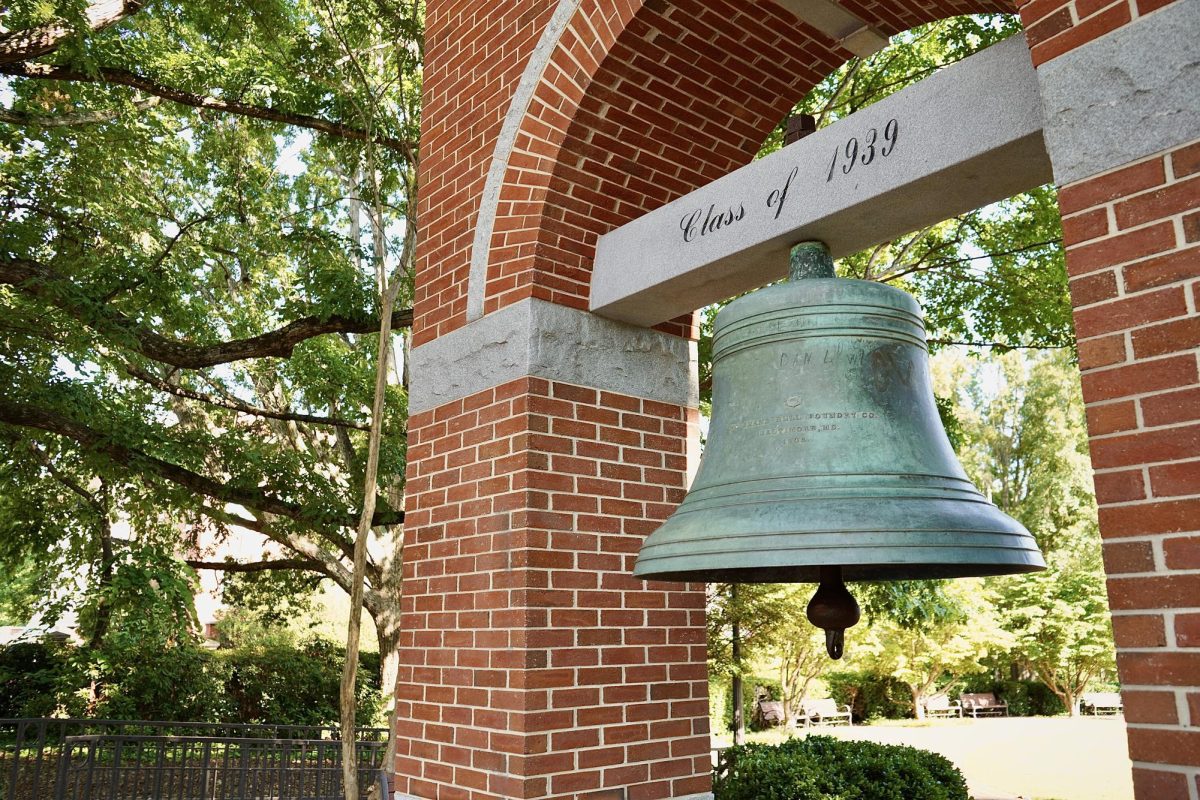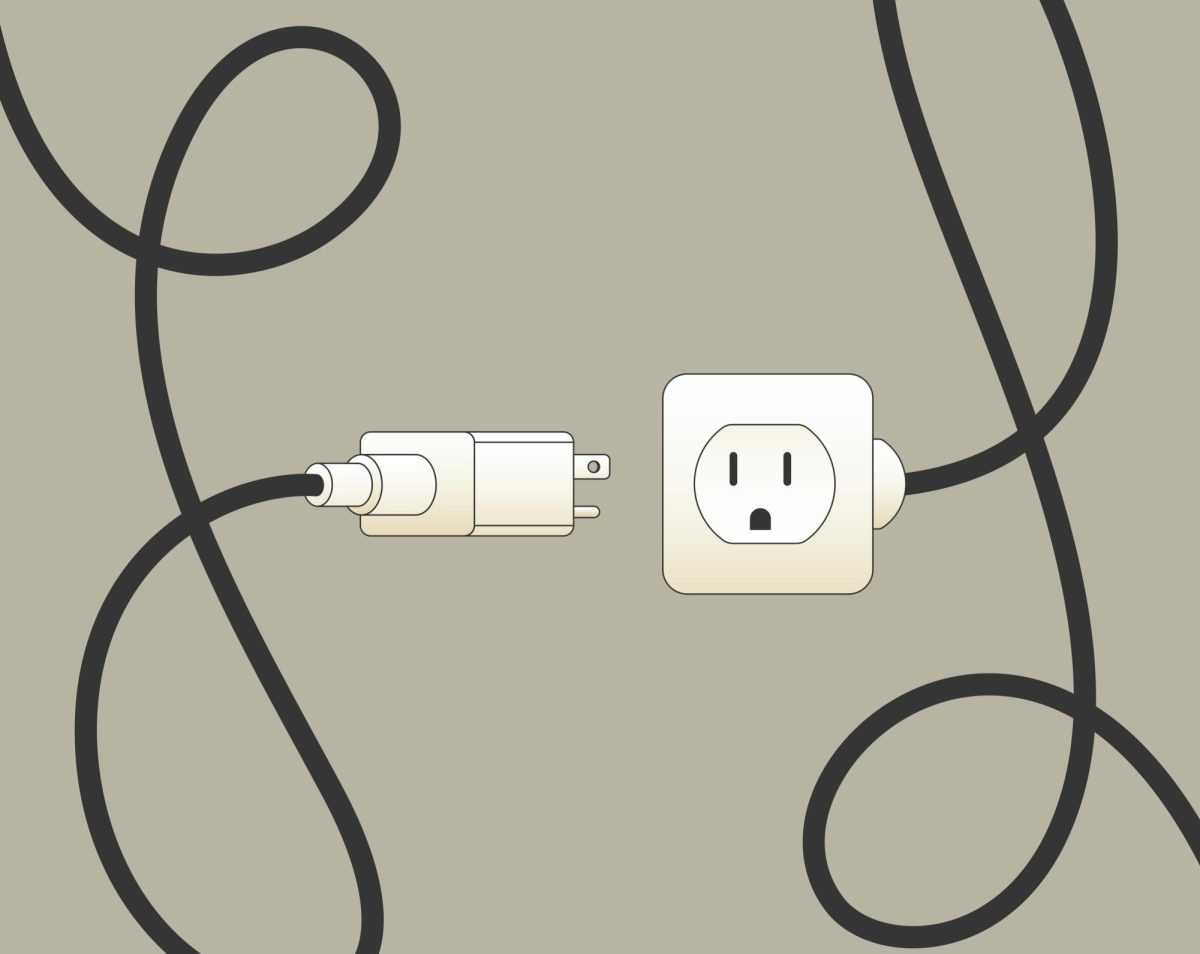With February comes the well-known celebrations like Chinese New Year and Black History Month. What many don’t know is that February is also Relationship Wellness month! Whether familial, platonic or romantic, you should always strive to keep your relationships healthy and beneficial, but February provides an excellent opportunity to reevaluate healthy boundaries and strengthen your relationships. Reflecting on relationship wellness further allows you to observe and identify potentially abusive patterns that you may not have recognized before. Take this February as an opportunity to reflect on the people who mean the most to you and take proactive steps to keep those relationships healthy.
Relationship wellness relates to romantic situations and interpersonal violence as well. I know most people want a valentine, but that doesn’t mean you should continue in (or begin) a romantic relationship that is not beneficial and safe for both involved. Usually, when we think about violence on college campuses, we think about sexual assault. But it is important to remember that interpersonal violence is extremely prevalent on college campuses as well.
According to a Sexual Assault Prevention and Awareness Center study at the University of Michigan, college-aged women (ages 16-24) have the highest per capita rate of intimate partner violence. The same research from Michigan showed that 21% of college students report having experienced dating violence by a current partner and 32% of college students report experiencing dating violence by a previous partner. In 2020, RAINN (Rape, Abuse, & Incest National Network) said that only 20% of female student victims (ages 18-24) report to law enforcement. Knowing these facts, it is difficult to understand why people don’t often discuss intimate partner violence on college campuses. Still, the answer here is simple — intimate partner violence isn’t addressed because it isn’t reported.
To help identify and combat intimate partner violence on college campuses, let me break down the stages of abuse. Knowing these four stages can help you distinguish whether your relationship is healthy.
- Building tension
Abusers will likely lash out in response to external stresses, such as family issues, financial or work troubles, physical or mental illness, fatigue, etc. The frustration can intensify gradually and prompt feelings of helplessness, injustice, anger and paranoia.
- An incident of abuse
The abuser eventually releases the built-up tension to others, attempting to reestablish control. An article from Healthline lists examples of what this could look like:
- Insults or name-calling
- Threats of harm or property destruction
- Attempts to control your behavior
- Sexual or physical violence
- Emotional manipulation
Remember that people choose to abuse. Any tension experienced may explain the actions, but you should never excuse them.
- Reconciliation
After the incident of abuse, tension will fade. In an attempt to move past their harmful actions, the abuser will often use kindness, gifts and loving gestures to usher in a “honeymoon” stage. This behavior can trigger the release of “happy chemicals” (dopamine and oxytocin), which may cause the partner to believe they have their “real” relationship back.
- Calm
In this final stage, the abusive partner may minimize the abuse, deny it even happened or shift the blame to their partner. They may show plenty of remorse and assure that it will never happen again. Often, they are more attuned to their partner’s needs than usual, which causes them to think maybe the abuse really was nothing. However, the cycle will repeat.
The cycle of abuse, also called the cycle of violence, helps illustrate common patterns of abusive behavior in relationships and provides a deeper understanding of why people experiencing abuse find it difficult to break free, according to Healthline). If these stages are familiar to you, please consider reaching out to a loved one or trained professional for guidance.
Have you given your relationships their annual check-up? You go to your doctor for a wellness check, so why not have one for your relationships? Which relationships do you need to work on this February? Which need healing? Which are amazing? Relationships are a gold mine, so put in the time and effort in restoring those that need to be healed. I’ve found that relationships that take work often are even more beautiful than when they started! And remember, February may be relationship wellness month but you can and should reflect on and try to improve your relationships every month of the year.









